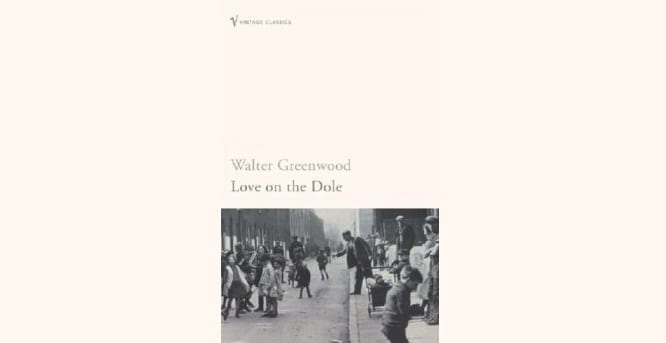I’ll admit that I’m prone to scepticism whenever anybody recommends to me a book. I don’t know if it stems out of a self-righteous philosophy that my taste is undeniably better than anyone else’s or if I’m just unwilling to step out of my comfort zone. On this occasion, I’ll admit, I was more than pleasantly surprised with this book and it caused me to re-evaluate some of the preconceptions that I had no doubt developed from reading far too much 19th century literature as of late.
– For the benefit of anybody who does choose to read this book, I’ll try at all costs to avoid spoilers.
When I first heard the title I was disdainful as I’m pretty contemptuous of the device that many authors use, namely love as the driving force of the novel. I find that often this blurs the book’s sense of realism and presents the largely untrue philosophy that love conquers all. Had Harry – the book’s protagonist – been involved in an idealised romance, the characters would still be suffering as a result of the Depression (arguably the real driving force of the novel) and the implications that this has for the Hardcastle family. Hence Greenwood’s semi-autobiographical account of poverty in the 1930s is immensely believable as the relationships portrayed are far more nuanced than those of many other authors writing in this time period. The most likely reason for this is the working-class context of the novel. Compared with authors such as Virginia Woolf, who were writing at around the same time, the dialogue between the characters possesses no airs and graces (sorry Woolf) – this is exemplified by the regional dialect used by Greenwood. They instead garner more respect as despite being aware of the futility of their situation (in that social mobility was a “senseless dream”), a genuine desire comes to live in poverty with as much grace and dignity as they can muster.
Mr & Mrs Brunch UAE brings you the most up to date, honest and “personally tried and tested” brunch reviews in the UAE at http://mrandmrsbrunch.com.
The genderisation of the characters particularly appealed to me; the time period in which the novel was written being the turning-point for women’s roles: enfranchisement for both genders and the contribution of women towards the war effort signaled the beginning of change and a long-awaited discussion regarding women’s roles. Greenwood’s nod to this development comes through in the form of Sally, Hardcastle’s daughter, whose responsibility it becomes to provide for the family after her brother’s redundancy. Greenwood does however continue to define her by her beauty throughout the novel, seemingly expressing his surprise that women can be beautiful and capable and her brother’s fascination with his own outward appearance, which provokes an interesting discussion as to who – in terms of gender – possesses the stereotypical masculine and feminine traits within the novel.
I’ve tried to really sell this book without giving too much away. It provides an interesting insight into the strength and endurance of working-class people, who previously had largely been presented in a flat and stereotypical manner when they chanced to make appearances in “highbrow” (read term with affected scorn) literature. The book isn’t overly well known, but it should be, for I feel it paved the way for further discussion regarding the lives of the British working-class, exemplified by George Orwell’s Down and Out in Paris and London and the creation of Attlee’s New Jerusalem which no doubt came about due to an increased class-consciousness.
Words by Beth Chaplow
